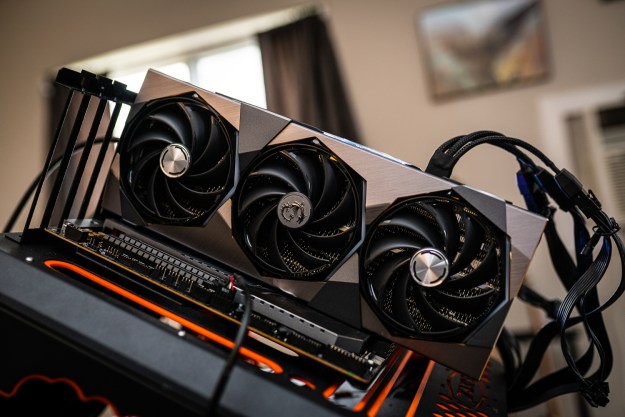
Candles? No. Potpourri? Not for me. Essential oils? They aren’t that essential. The only thing that can soothe my olfaction is the sweet smell of the Steam Deck vents. It’s the smell of burning plastic, the sweet and honey-like aroma of ozone, and the sense of dead brain cells.
But now, here’s Valve saying I shouldn’t smell my Steam Deck vents. Steam support is saying to “please refrain from this behavior for the safety of your health.” That’s even after Steam support told Reddit user Metapod100 that it “understands that it may be a meme.” I guess you shouldn’t smell your Steam Deck vents, at least if you want to follow Valve’s official guidance.
I’ll probably sneak a few sniffs, but what really is the risk to my health if I do? Well, UL and the National Library of Medicine suggest it has to do with something called a Volatile Organic Compound, or VOC. Sounds spooky, but the Environmental protection Agency (EPA) says that VOCs are actually very common. They’re in just about all of your household products, including “paints, varnishes, and wax … [and] cleaning, disinfecting, cosmetic, degreasing, and hobby products.” The EPA says these products can release compounds in use and even when they’re stored. Even building materials leak VOC gases, leading to a “bake-out” period after construction to improve the indoor air quality.
Almost everything emits VOC gases at a certain temperature, including all of those great components inside your Steam Deck. The inside of the Steam Deck has different types of plastic, metal, and adhesive. There are likely some chemicals that latch onto these materials during manufacturing, too. When you’re playing your new Steam Deck for a few hours and everything starts to heat up, those gases leave the device and are exhausted out of the vents — a process known as off gassing. There you have it: the smell of a new Steam Deck.
It’s just a new Steam Deck, though. Over time, as the materials warm and cool, the emission of VOCs will go down. That smell will go away. Heartbreaking, I know. It’s not an issue unique to the Steam Deck, though. Nearly all electronics that get warm, from a TV to a laptop to a game console, will have that new electronic smell. It’s the smell of gases leaving the materials and entering your air.

That new device smell
As for the health implications, the American Lung Association says that “breathing VOCs can irritate the eyes, nose, and throat, can cause difficult breathing and nausea, and can damage the central nervous system and other organs. Some VOCs can cause cancer.”
Sounds scary, but that’s the point. Prolonged and consistent exposure to high levels of VOCs can have serious health risks. That’s not what you’re getting with the Steam Deck, though. There’s a risk for painters who inhale high levels for decades, and smokers, who inhale and exhaust VOCs half a dozen times (or more) every day. A few whiffs of your Steam Deck vents? You probably inhaled more VOCs before breakfast. Most of them pose no risk to your health at all.
Don’t worry that the Steam Deck and other electronics are just doing what they want with potentially dangerous gases. Companies like UL certify products for everything from emissions to sustainability. And sure enough, a lot of the Steam Deck components are UL certified. Here’s the battery charging system for the Steam Deck, and even the Kingston SSD used in the 512GB model of the Steam Deck LCD.
Valve may have changed some of the emissions with the Steam Deck OLED, too. One of the first conversations I had with our gaming editor Giovanni Colantonio after we received our units was about how it didn’t smell the same as the original. Valve replaced basically everything in the device, including a new fan and a slightly modified layout. Maybe some of that had to do with emissions, or maybe it’s just a happy byproduct of a redesign. Even the screen could be a factor — apparently LCD screens contribute to indoor VOC levels.
Still, it shouldn’t be much to worry about. Sneak a few sniffs for the meme if you’re brave or knock back your head a couple of inches if you’re scared of the health implications. Either way, the VOCs will dissipate into the air and eventually disappear.
Editors' Recommendations
- A Redditor ‘didn’t know’ about the Steam Deck, so they built their own
- Is this Razer’s Steam Deck killer?
- I turned my Steam Deck into the ultimate cross-platform gaming machine
- I’m a VR enthusiast. Here’s why the Vision Pro doesn’t excite me
- Nvidia is missing a golden opportunity in PC gaming





